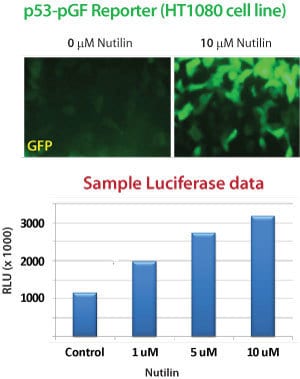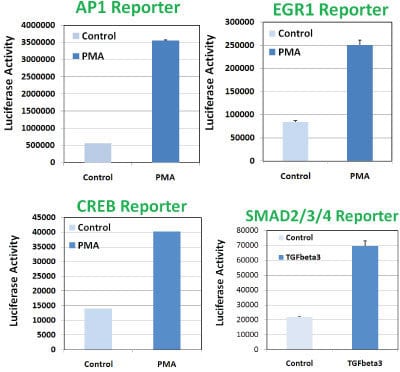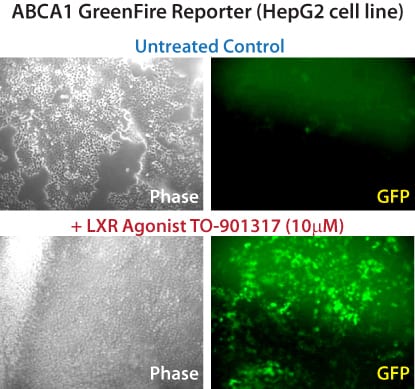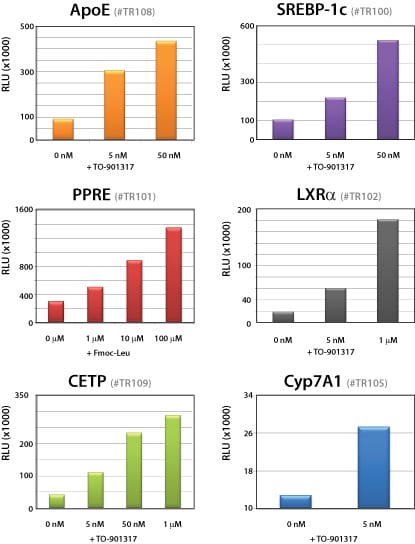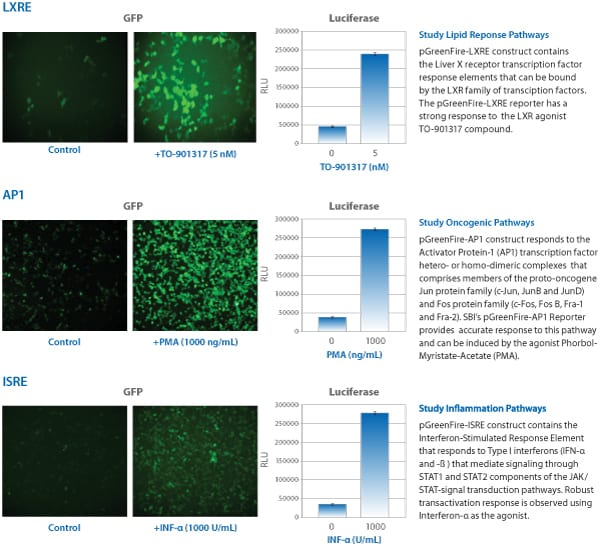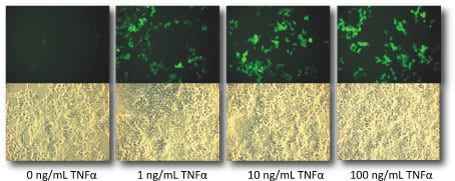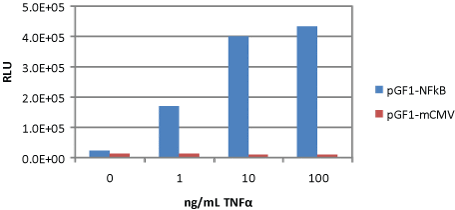pGreenFire Control Pack
Products
| Catalog Number | Description | Size | Price | Quantity | Add to Cart | |||
|---|---|---|---|---|---|---|---|---|
| TR000PA-1 | pGreenFire Control Pack- pGreenFire negative and positive control plasmids, only available with purchase of other pGF reporters | 10 µg Each | $507 |
|
||||
Overview
Overview
Supporting your studies with ready-to-go controls
No need to make positive or negative controls for your pGreenFire projects—SBI’s already got them built. With the pGreenFire Control Pack (available only with the purchase of any of our pGreenFire Reporter), you get the pGreenFire1-mCMV Negative Control (Cat.# TR010PA/VA-1), with both EF1α-neo and EF1α-puro versions (Cat.#s TR010PA/VA-N and Cat.# TR010PA/VA-P), and the pGreenFire1-CMV Positive Control Lentivector (Cat.# TR011PA/VA-1).
All of these vectors feature the GreenFire cassette—a destabilized copepod GFP (dscGFP; 2-hour half-life) co-expressed with luciferase. The negative controls contain only the minimal CMV promoter (mCMV) and deliver negligible expression, whereas the positive control includes the full CMV promoter for strong expression in common cell types, such as HeLa, HEK293, and HT1080.




References
How It Works
Supporting Data
FAQs
Documentation
Citations
Related Products
Products
| Catalog Number | Description | Size | Price | Quantity | Add to Cart | |||
|---|---|---|---|---|---|---|---|---|
| TR000PA-1 | pGreenFire Control Pack- pGreenFire negative and positive control plasmids, only available with purchase of other pGF reporters | 10 µg Each | $507 |
|
||||
Overview
Overview
Supporting your studies with ready-to-go controls
No need to make positive or negative controls for your pGreenFire projects—SBI’s already got them built. With the pGreenFire Control Pack (available only with the purchase of any of our pGreenFire Reporter), you get the pGreenFire1-mCMV Negative Control (Cat.# TR010PA/VA-1), with both EF1α-neo and EF1α-puro versions (Cat.#s TR010PA/VA-N and Cat.# TR010PA/VA-P), and the pGreenFire1-CMV Positive Control Lentivector (Cat.# TR011PA/VA-1).
All of these vectors feature the GreenFire cassette—a destabilized copepod GFP (dscGFP; 2-hour half-life) co-expressed with luciferase. The negative controls contain only the minimal CMV promoter (mCMV) and deliver negligible expression, whereas the positive control includes the full CMV promoter for strong expression in common cell types, such as HeLa, HEK293, and HT1080.






